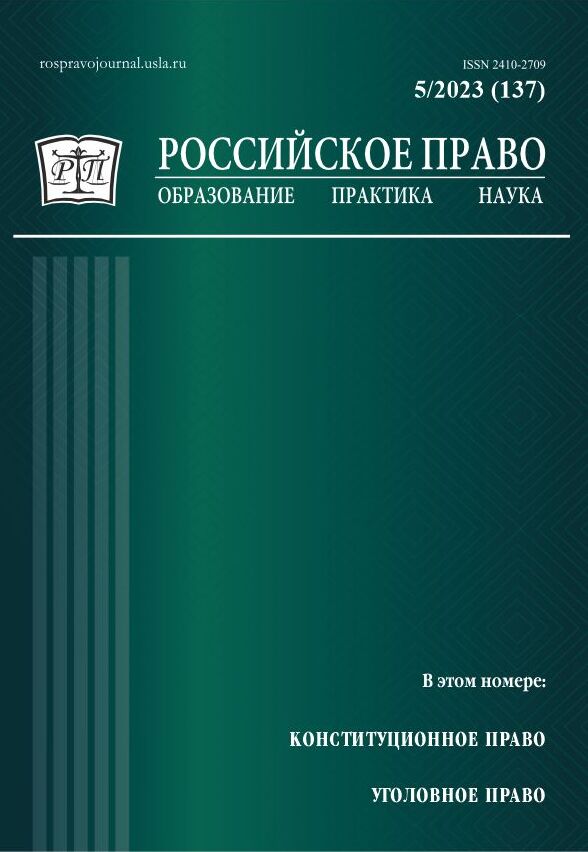Collective and Individual Judicial Protection: In Search of a Balance of Interests
Keywords:
collective interests, class actions, settlement agreement, insolvency (bankruptcy), online dispute resolutionAbstract
The traditional means of protecting the rights of participants in legal relations (individual lawsuits, joinder of parties) are poorly adapted to the protection of large groups of citizens and / or organizations. Therefore, the development of procedural remedies for large groups of persons united by a common interest is a priority for many jurisdictions.
In the paper, the following general scientific methods were used: analysis and synthesis, deduction. The methods of legal science are the following: historical-dogmatic method (in terms of considering the origin and historical development of means of protection of collective interests), comparativelegal method (in terms of research on the development of collective means of protection in the EAEU and the European Union, cross-border class action), legal-dogmatic method (when studying insolvency (bankruptcy) issues), a method of legal modeling (when considering the issue of means of reconciliation in multilateral disputes).
The study revealed that in many modern jurisdictions, including Russia, there are several procedural means of judicial protection of collective interests. They include protection of an indefinite circle of persons, class actions, derivative claims, insolvency (bankruptcy). These tools can already be called classic, because their development provokes the creation of new means of protection for many persons (for example, a settlement agreement when considering class actions, or an agreement on global dispute settlement / consolidated settlement agreement). In addition, the development of information technologies also encourages the creation of various kinds of Internet platforms that would allow settling disputes of many consumers.
The authors conclude that protection of the rights and legitimate interests of many participants in various legal relations is possible through various means of both individual and collective protection. At the same time, when using the latter, with all their advantages, a balance of private and collective interests must be observed.
Downloads
Published
Issue
Section
License
Copyright (c) 2023 RUSSIAN LAW: EDUCATION, PRACTICE, RESEARCHES

This work is licensed under a Creative Commons Attribution-NonCommercial 4.0 International License.







 This work is licensed under a
This work is licensed under a 